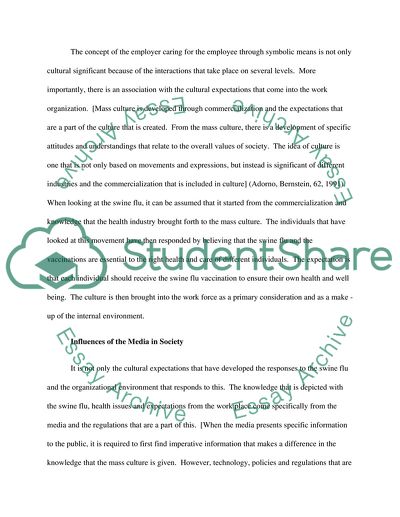Cite this document
(“Work Based Learning in the Creative and Cultural Industries Assignment”, n.d.)
Retrieved de https://studentshare.org/education/1566524-work-based-learning-in-the-creative-and-cultural-industries
Retrieved de https://studentshare.org/education/1566524-work-based-learning-in-the-creative-and-cultural-industries
(Work Based Learning in the Creative and Cultural Industries Assignment)
https://studentshare.org/education/1566524-work-based-learning-in-the-creative-and-cultural-industries.
https://studentshare.org/education/1566524-work-based-learning-in-the-creative-and-cultural-industries.
“Work Based Learning in the Creative and Cultural Industries Assignment”, n.d. https://studentshare.org/education/1566524-work-based-learning-in-the-creative-and-cultural-industries.


